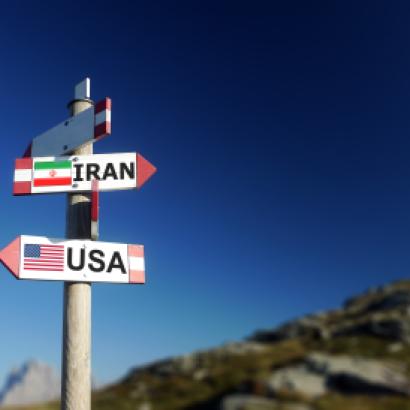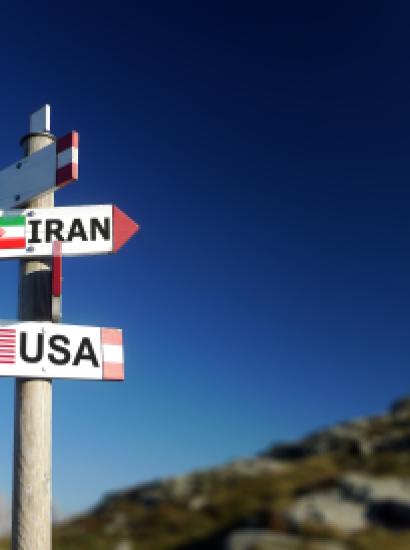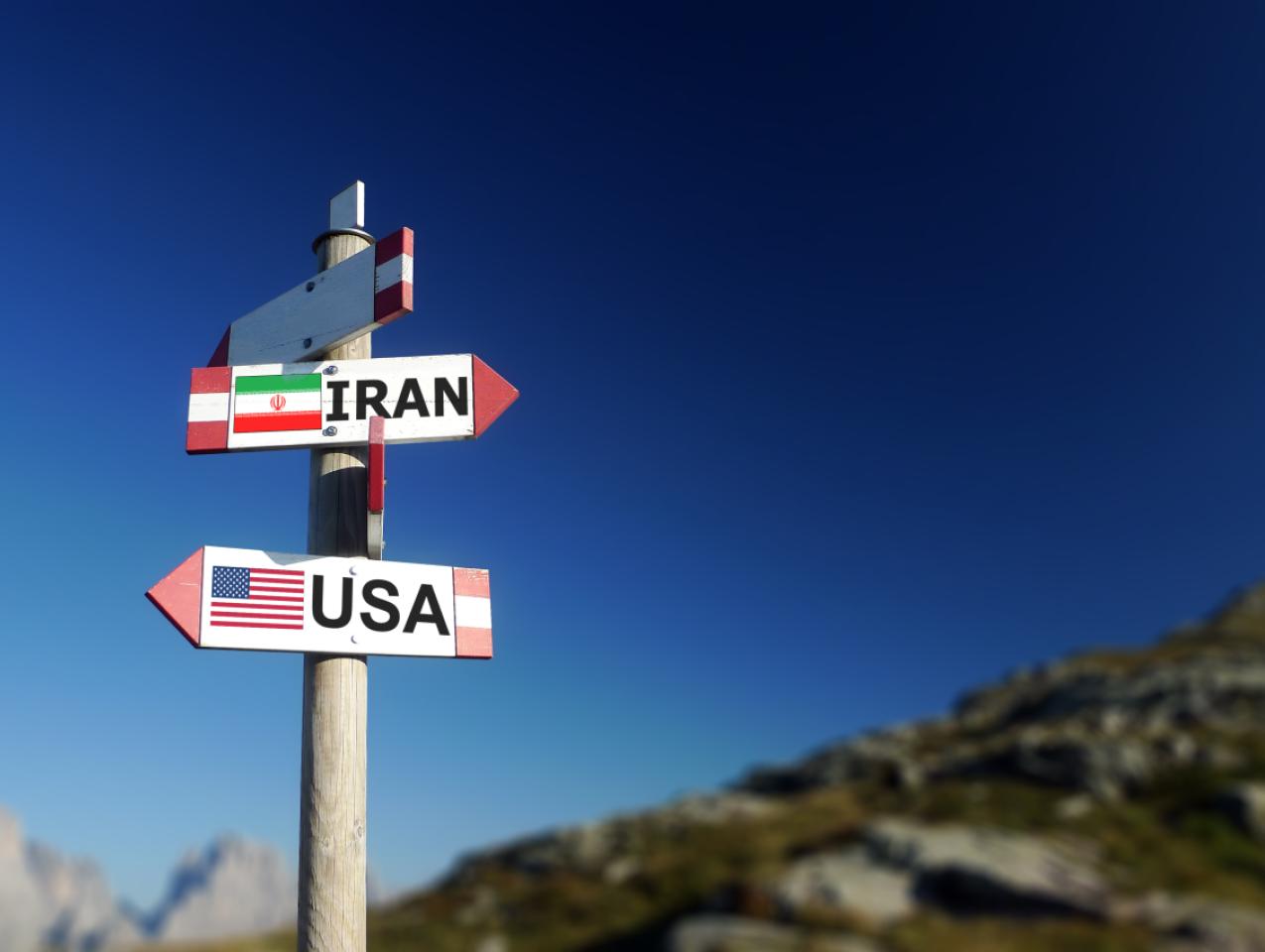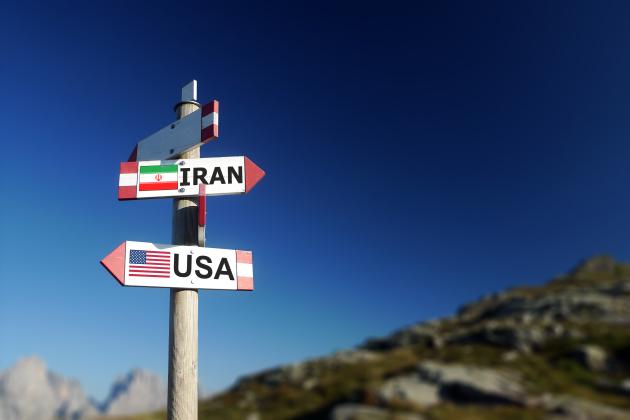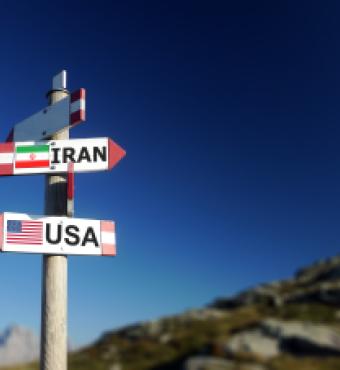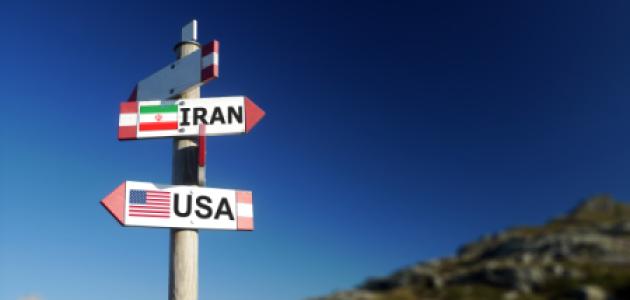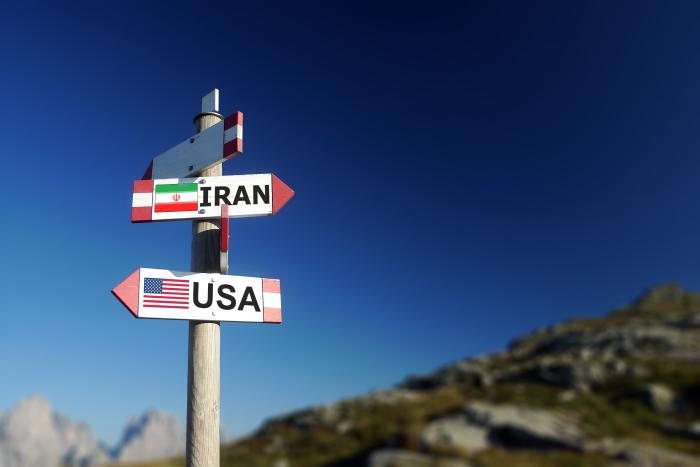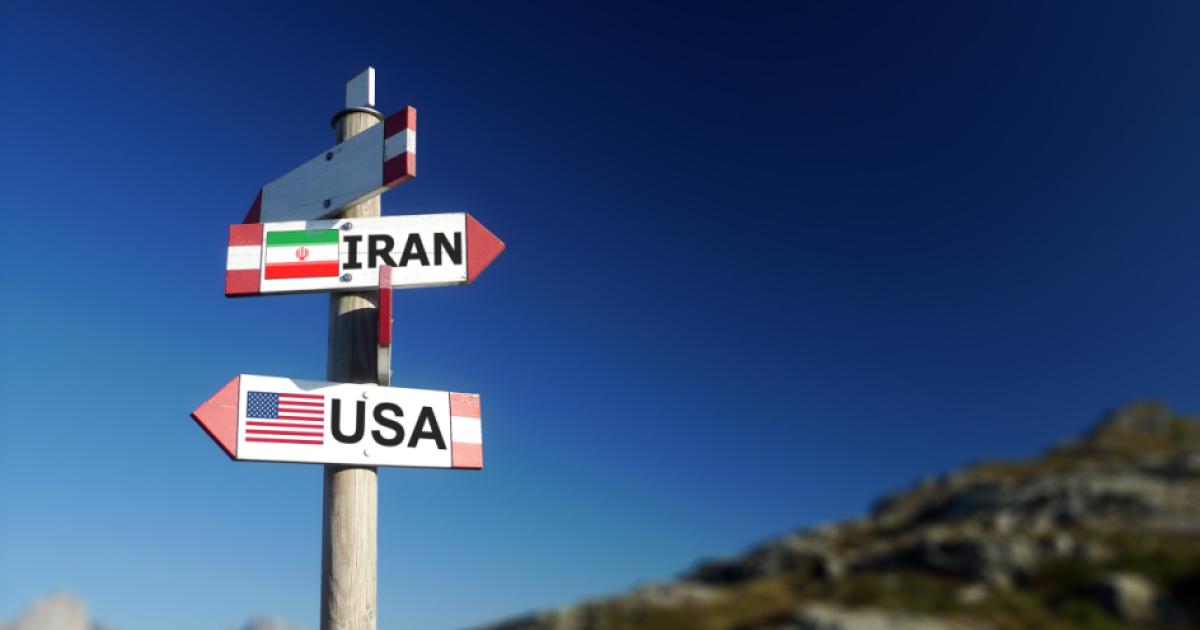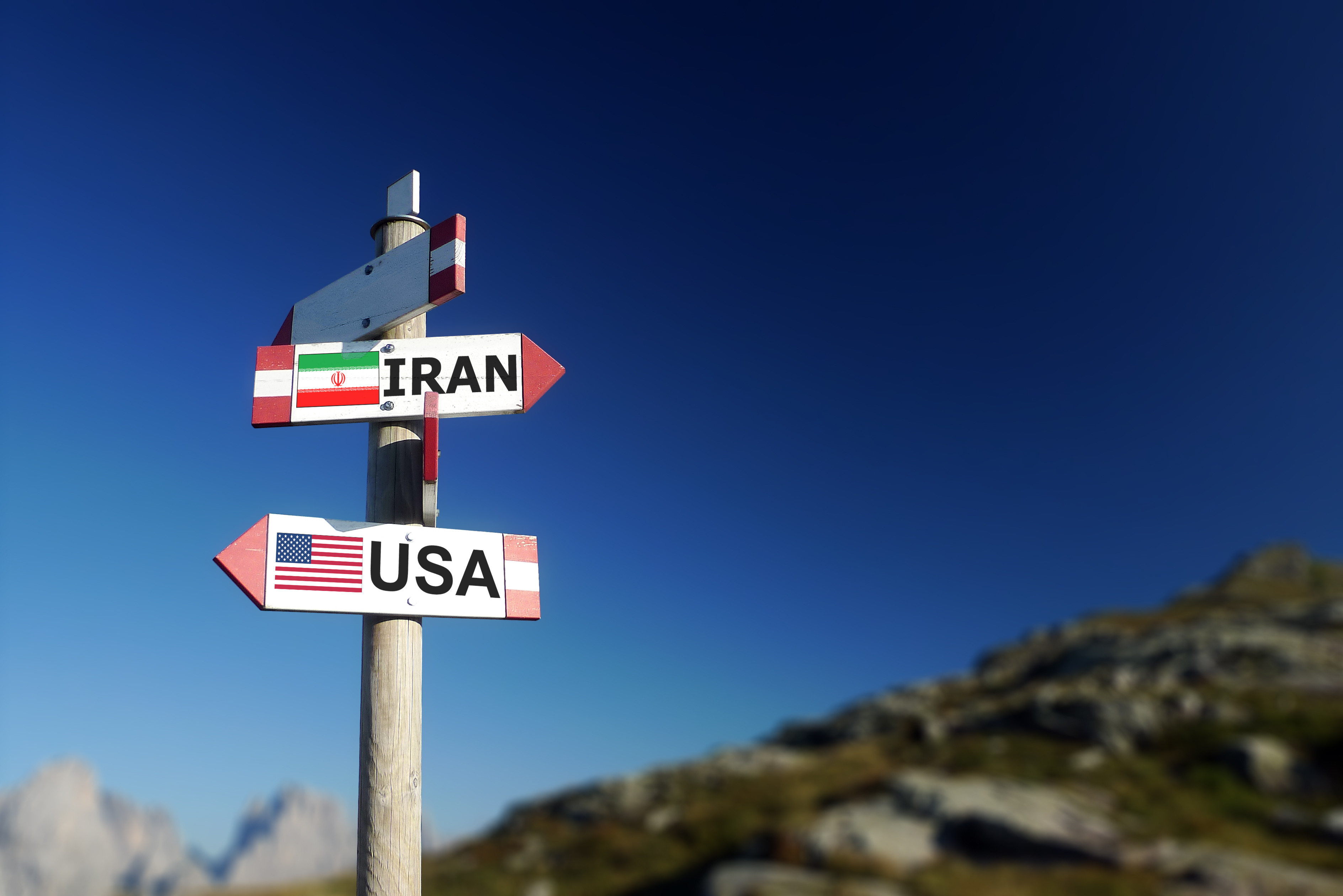
The United States needs to understand it’s in a strategic competition with Iran for the future of the Middle East, according to a Hoover Institution Press book.
Scholars Eric Edelman and Ray Takeyh examined American-Iranian relations in Revolution and Aftermath: Forging a New Strategy toward Iran, which was published in July 2018.
Edelman is a practitioner-in-residence at Johns Hopkins University, former Under Secretary of Defense for Policy, former ambassador to Turkey, and former ambassador to Finland. Takeyh, a senior fellow in Middle East studies at the Council on Foreign Relations, previously served as a senior advisor on Iran at the State Department.
Edelman and Takeyh were recently interviewed about the subject of US-Iranian policy:
When did you first get the idea to write this book?
Charles Hill at Hoover first proposed to Eric that the series of books being produced by the Herbert and Jane Dwight Working Group on Islamism and the International Order could use a volume on Iran’s grand strategy. Eric responded by saying that although he was familiar with the history of US-Iranian strategic interactions and the Iran nuclear deal, he wasn’t really an Iran expert. He suggested that perhaps Ray, who had written a number of op-ed essays on the nuclear deal with Eric, might be a suitable coauthor. Charlie agreed and the two coauthors set to work putting together an essay that sought to describe both Iran’s grand strategy and the role that Iran had played in US strategy over the years.
What’s the most surprising thing you learned while writing it?
One of the elements that was most surprising was that Iran has had an outsized role in US grand strategy not just since the war in Iraq—or even the hostage crisis in 1979—but almost continuously since World War II ended. Iran became a kind of petri dish for successive US grand strategies in the developing world.
In addition, the degree to which Americans have actually negotiated with the Iranian regime and found themselves persistently out-negotiated by the Islamic republic’s representatives ran counter to the received wisdom in Washington policy debates. The US has been relentlessly and repeatedly criticized for its failure to reach out to the mullah’s regime. We found that there had been no shortage of outreach, but the efforts had repeatedly failed because they were consistently based on incorrect assumptions about the regime.
How should the US government approach Iran in terms of foreign policy today?
The US must recognize that it is in a strategic competition with Iran for the future mastery of the Middle East as a region. As we argue in the book, American policy makers must understand the essential nature of the Iranian regime as it exists rather than as we would like it to be. That is to say that Iran is not interested in being a “responsible stakeholder” in the international system but seeks to overturn the regional security system that has been largely maintained and managed by the US since the UK withdrew from its security responsibilities “east of Suez” in the late 1960s.
That requires the US to have a comprehensive strategy for containing what people frequently describe as Iran’s “malign activities” in the region and putting pressure on the regime through financial sanctions, support for proxies and surrogates who contest Iran’s own clients, support for fundamental human rights and political warfare against the regime by drawing attention to the costs to the Iranian people of the corruption by the ruling elite in the Islamic republic, and damage to the nation’s interests caused by the regime’s imperial adventurism in the region. Ultimately this will either cause the regime to rethink its policy calculus in the region or, more likely, prompt Iranians to take matters into their own hands as they have done repeatedly in Iran’s past and replace the current corrupt ruling class with a different system of governance.
What is the historical context that explains Iran and its leadership today?
The context is one of a revolution that has not experienced the mellowing that normally follows the initial burst of radical enthusiasm that accompanies the birth of a revolutionary regime. The historian Crane Brinton, in a book now unjustly ignored by scholars—Anatomy of Revolution, described the process of “Thermidorian reaction,” which is based on the French model where so-called pragmatic political forces make their peace with the world as it is, rather than as revolutionaries seek to remake it.
This has not happened in Iran since overthrow of the Shah in 1979. Westerners, and Americans in particular, maintain what former US secretary of defense Robert Gates has termed the elusive quest for the Iranian moderates, but the supreme leader and the clerical elite who quickly solidified their control in 1980–81, as we argue in the book, have never been interested in moderating or rolling back what they deem the accomplishments of the revolution—notably including their own hold on political power or the ideological imperative of spreading the revolution throughout the Middle East and ultimately beyond.
This means, of course, that Iranian leaders remain committed to upending the regional order and whatever factional differences they have largely turn on domestic rather than international issues. US policy makers have persistently failed to accept this reality.
Why has Iran been such a daunting challenge to the United States?
The United States remains a largely secular society, and the policy elite have persistently underestimated the role of religion and a religiously based ideology in driving Iran’s approach to international affairs.
This failure has had several consequences. One has been that Iran rejects the fundamental rules of the international game and is willing to use methods that have long disappeared from the toolbox of Western statecraft like terrorism and hostage taking.
It has also produced the pattern, described in the book, of Westerners misreading the domestic situation in Iran and seeing it as opening the way for negotiations that might lead to Iran becoming a responsible power in the region. As long as the current regime remains in place, this cannot and will not happen.
Why is our relationship with Iran a contest for the future of the Middle East?
Iran’s vision of the future is one in which its own version of the government of god, rooted in Shi’a conceptions of Islam, will triumph in the region. This means that both its neighbors in the Middle East must ultimately yield to Iran’s domination.
This is true of both Israel as well as the largely Sunni regimes (both monarchies and republics) that make up the rest of the region. This Manichean vision guarantees that, as long as the United States continues to believe, as it has for the past fifty years, that a stable Middle East remains in the United States’ national interest, then it will be engaged in a “struggle for mastery” with Iran in the region.
As we argue in the book, the United States’ record in the region has largely been successful since World War II. And with luck and good judgment on the part of US policy makers, it can be successful again because the regime is riddled with its own inherent contradictions and may well be on the cusp of an upheaval not unlike that which brought down the Soviet empire in the 1980s.
MEDIA CONTACTS
Clifton B. Parker, Hoover Institution: 650-498-5204, cbparker@stanford.edu







